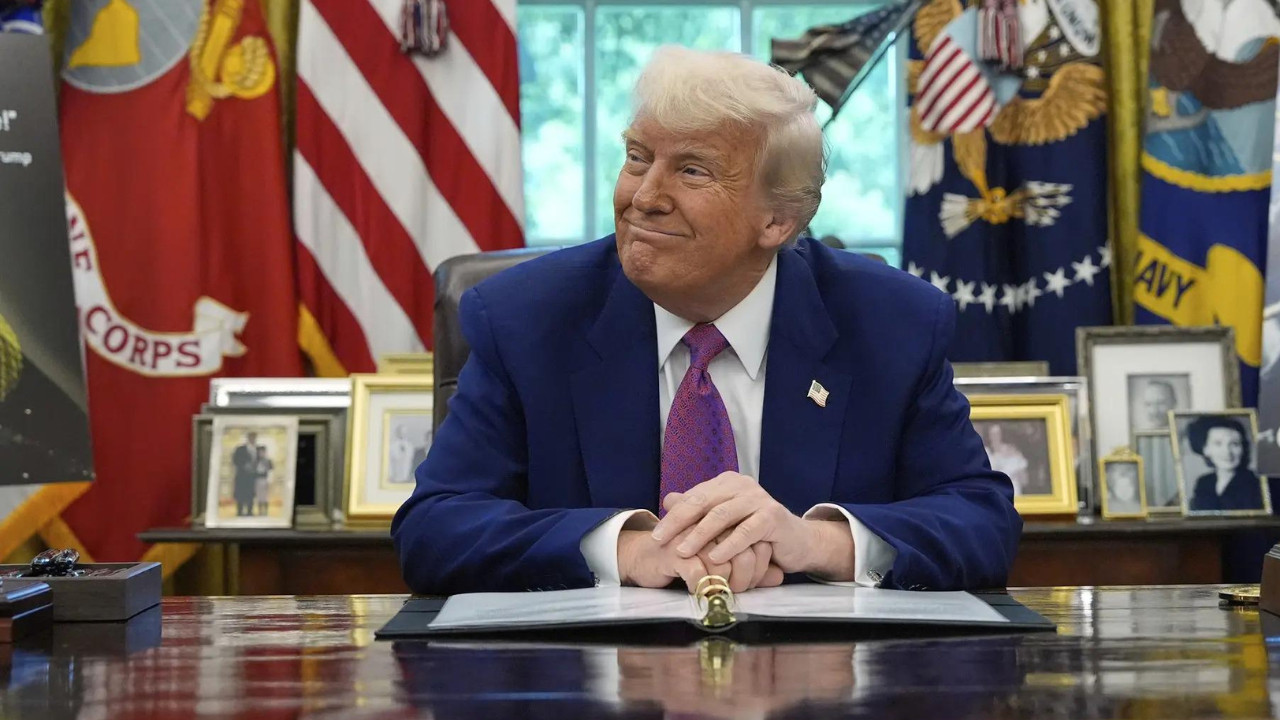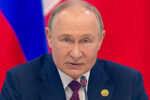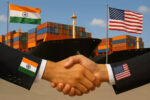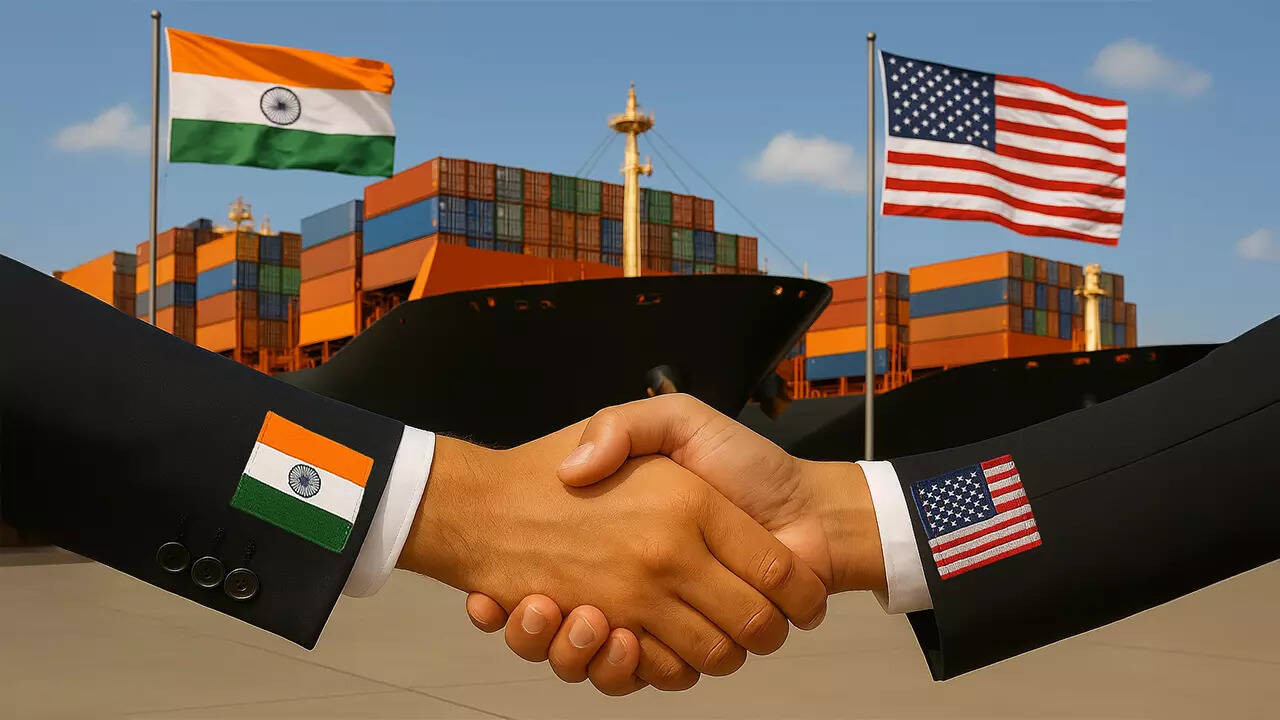Donald Trump has warned Apple that iPhones made outside the US could face a 25% tariff, potentially impacting Samsung as well. Trump insists Apple CEO Tim Cook should move production back to America from countries like India. This follows reports of Apple planning to produce most US-sold iPhones in India.
Apple Under the Tariff Tree: Will Trump’s Trade Spat Bite?
Okay, so picture this: you’re Tim Cook, CEO of Apple, calmly outlining innovative strategies for future growth. Then, BAM! Donald Trump, never one to shy away from a headline, drops a tariff bombshell on your carefully laid plans. Specifically, a hefty 25% tariff on iPhones, laptops, and other Apple goodies if China doesn’t play ball with his trade demands.
Sound dramatic? Well, it is.
This isn’t just some dry economic theory, folks. This is about the phone in your pocket, the laptop you’re reading this on, and the price tag attached to pretty much every piece of tech you love. Trump’s threat, lobbed during a recent interview, throws a serious wrench into Apple’s intricate global supply chain – a chain, let’s remember, that has been meticulously crafted over decades to optimize efficiency and cost-effectiveness.
For years, Apple has relied heavily on Chinese manufacturing for its products. It’s a smart move, frankly. The infrastructure is there, the workforce is readily available, and the sheer scale of production capacity is unmatched. This isn’t about Apple being unpatriotic; it’s about smart business in a globalized world. But it also means they’re vulnerable to shifts in geopolitical winds, and right now, those winds are blowing hard.
So, what’s the big deal with a 25% tariff? Let’s break it down. That’s a significant chunk of change. It could force Apple to make some uncomfortable choices:
* Absorb the cost: Apple could eat the 25%, hoping to maintain its market share and keep consumers happy. This would, of course, hammer their profit margins. Imagine telling shareholders they’re taking a 25% hit just to keep the iPhone at its current price. Not a fun conversation.
Pass the cost onto consumers: Increase prices. This is the most likely scenario, and frankly, the one we all dread. An already expensive iPhone could become even more* expensive, potentially pushing consumers towards cheaper, Android-based alternatives. Suddenly, that ‘upgrade’ doesn’t seem so appealing, does it?
* Relocate production: This is the long-term solution, but also the most complex and expensive. Moving manufacturing out of China would require massive investment, logistical headaches, and a significant amount of time. Finding an alternative location with comparable infrastructure and workforce is no easy feat. Places like India and Vietnam are often mentioned, but they lack the established ecosystem of China.
And it’s not just Apple that should be feeling the chill. This threat has a ripple effect that extends far beyond Cupertino. Other tech companies with significant manufacturing ties to China could find themselves in a similar hot seat. Dell, HP, and even smaller players producing components used in a variety of devices are potentially exposed. Trump’s tactic, if implemented, would be a broadside aimed at the entire tech sector.
The bigger question looming here is: Is this just political posturing, or is Trump genuinely prepared to pull the trigger on these tariffs? His history suggests it’s a bit of both. He’s known for using aggressive rhetoric to gain leverage in negotiations, but he’s also shown a willingness to follow through on his threats, consequences be damned.
This unpredictability creates significant uncertainty for businesses. Uncertainty hates investment. It forces companies to hold back on expansion plans, reconsider hiring strategies, and generally adopt a more cautious approach. In short, it stifles economic growth.
The implications extend even further. What if China retaliates? A trade war is a two-way street, and China has plenty of levers it can pull. They could restrict exports of rare earth minerals, which are crucial for manufacturing electronics. They could impose their own tariffs on American goods, hurting US businesses and farmers. The potential for escalation is real.
Apple’s stock price wobbled after Trump’s statement, a clear indication of market jitters. It’s a reminder that the tech world, despite its image of innovation and disruption, is still deeply intertwined with the old-fashioned world of geopolitics.
Ultimately, the fate of Apple (and potentially the wider tech industry) hangs in the balance, dependent on the outcome of complex and often unpredictable trade negotiations. Will cooler heads prevail? Will a compromise be reached? Or will we all be paying significantly more for our gadgets in the near future?
Stay tuned. This story is far from over. And maybe start thinking about dusting off that old Nokia… just in case.
📬 Stay informed — follow us for more insightful updates!







